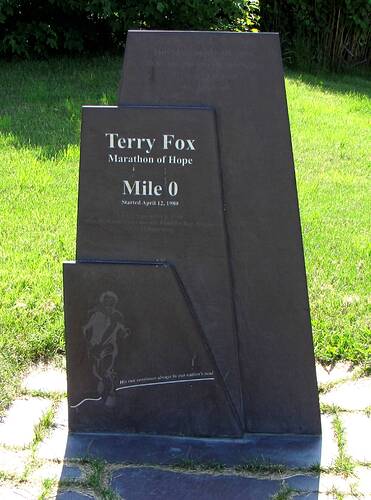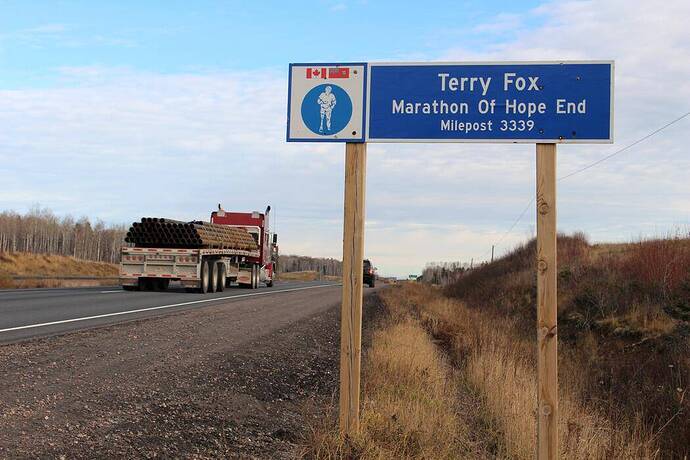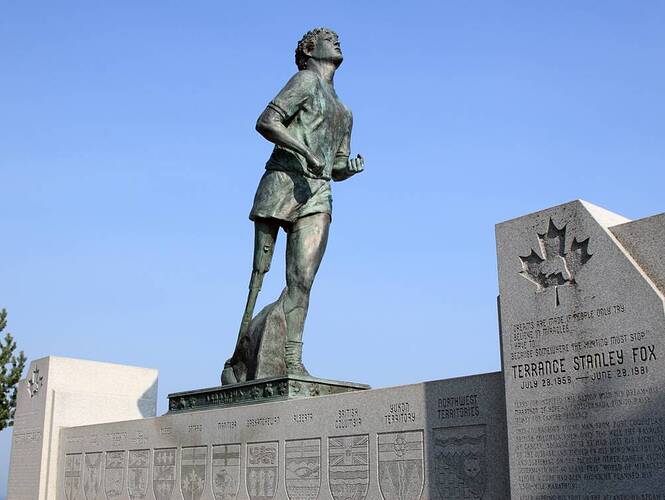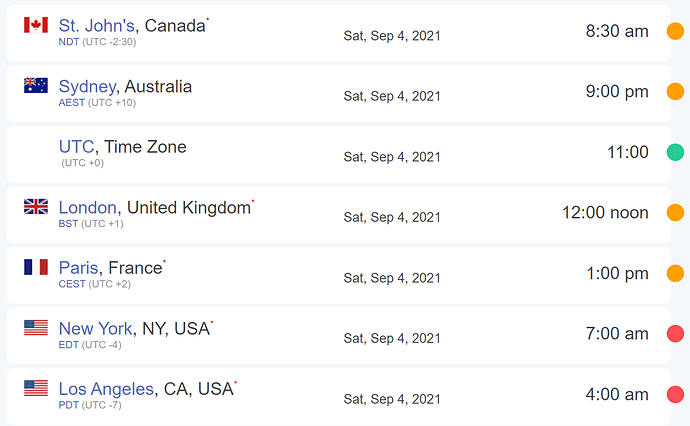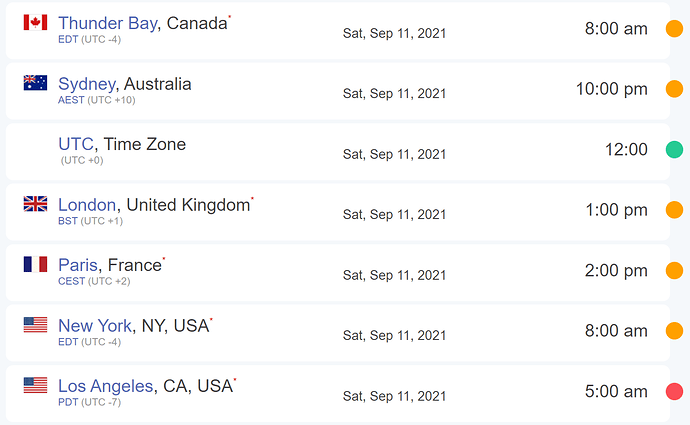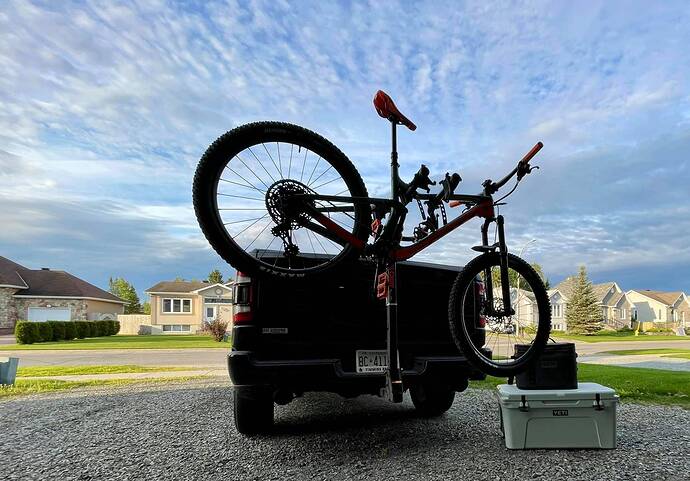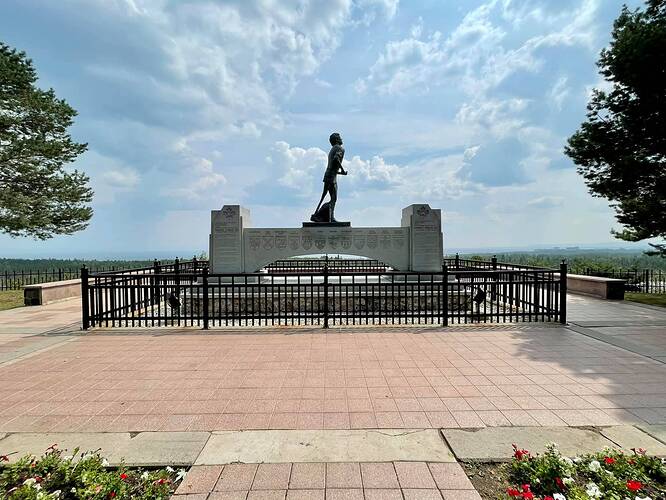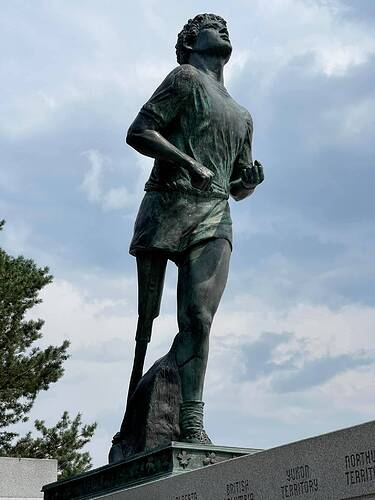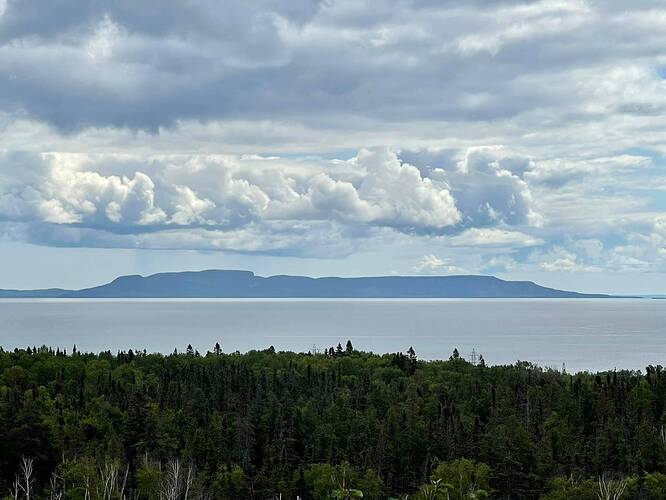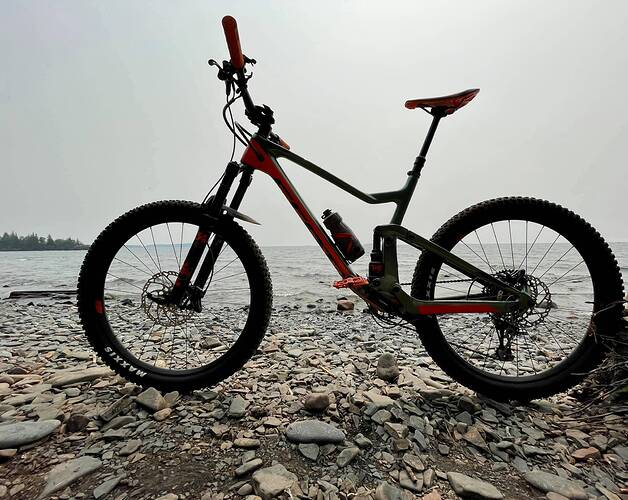Hi everyone,
The third event of the 2021 MSFS Endurance Race Series is coming up on September 4 (Stage 1) and September 11 (Stage 2)! In this event, we’ll be re-creating one of the most heroic and uplifting moments from Canadian history, Terry Fox’s Marathon of Hope.
Registration Form (Deadline is 2359Z on Saturday, August 28).
Important note: this race is open to everyone, including those who missed Endurance Race #1 (Indian-Pacific Wing Race) and Endurance Race #2 (Paris-Dakar Rally). There will be an overall series winner for the pilot who completes all four 2021 races in the fastest combined time, but each event is a standalone race with an individual winner. You can choose to participate in one, two, three, or all four. It’s entirely up to you.
Note for Xbox players: This is the first event in the series since the launch of MSFS on the Xbox. If you are an Xbox player, you are welcome and encouraged to register and participate in this race. Your finish time will be tracked and logged on the leaderboard; however, since we use a third-party mod that is only available to PC players to confirm that everyone competed fairly and within the rules of the event, Xbox players will not be eligible for any prizes.
The rules remain the same from the previous races in the series with one exception. Since flying coast-to-coast across Canada in a single day is too long, we will be dividing this event into two stages on consecutive Saturdays (September 4 and 11, 2021). You must fly the same plane in both stages.
Event Description
Stage 1: St. John’s, Newfoundland, Canada (CYYT) to Thunder Bay, Ontario, Canada (CYQT)
September 4, 2021
1,460 nautical miles
Estimated flying time: ~12-13 hours at an average ground speed of 120 knots
Stage 2: Thunder Bay, Ontario, Canada (CYQT) to Victoria, British Columbia, Canada (CYYJ)
September 11, 2021
1,349 nautical miles
Estimated flying time: ~11-12 hours at an average ground speed of 120 knots
About the Marathon of Hope
Terry Fox is a household name and legendary figure to all Canadians. For our international pilots who may not be familiar with Terry’s story, here is a brief summary. As a teenager growing up in the 1970s, Terry was a talented multi-sport athlete who exceled at both track and field and basketball. Sadly, at age 18, he was diagnosed with osteosarcoma, a form of bone cancer, and doctors were forced to amputate his right leg to prevent the cancer from spreading further. While undergoing chemotherapy treatment, Terry was touched by the pain experienced by the other patients in the cancer ward, many of them young children.
Inspired by runner Richard Traum, the first person to complete the New York Marathon with an artificial leg, Terry hatched a plan to raise money for cancer research: in 1980, he would attempt to run coast-to-coast across Canada with the goal of receiving a $1 donation from every Canadian citizen (24 million at the time). On April 12, 1980, Terry ceremonially dipped his artificial leg into the Atlantic Ocean near St. John’s, Newfoundland. His Marathon of Hope had begun.
Over the next 4.5 months, while running on an artificial leg, Terry completed the equivalent of a full marathon every day for a total of 5,373 kilometers (3,339 miles). As word of the Marathon of Hope spread, soon large crowds of people would be waiting in the streets to greet Terry and cheer him on with words of encouragement as he arrived in their town. On September 1, 1980, while outside the city of Thunder Bay, Ontario (almost the exact half-way point across Canada), Terry collapsed in immense pain. Doctors advised him of the tragic news that not only had his cancer returned, but it had now spread to his lungs. Terry had run his last mile, having raised $1.9 million of his $24 million goal.
He returned to his home town of Port Coquitlam, British Columbia and entered the hospital for cancer treatment. On June 28, 1981, at the age of only 22, Terry Fox died. Inspired by his selfless act of courage and determination in the face of adversity, Terry’s legacy lives on to this day. Every September, towns across Canada and in other countries all over the world host an annual Terry Fox Run to raise money for cancer research. To date, over $800 million has been donated in Terry’s name. In 2004, he was voted the second-greatest Canadian to ever live. Across Canada, dozens of schools, roads, trails, and other buildings are named for Terry Fox, a true Canadian hero.
In this event, we will be re-creating Terry’s Marathon of Hope in Microsoft Flight Simulator, with Stage 1 consisting of a flight from St. John’s, Newfoundland to Thunder Bay, Ontario (the portion of the marathon that Terry actually completed) and Stage 2 consisting of a flight from Thunder Bay to Victoria, British Columbia (the unfinished portion of the marathon that Terry was unable to complete after his cancer returned).
Date and Time
Please see the table below for the start time in some common global time zones. Note that Newfoundland Time is offset by 30 minutes instead of the standard hour. Stage 1 starts at 8:30am Newfoundland time on September 4, which is 7:00am ET or 1100Z. Stage 2 starts at 8am ET or 1200Z on September 11. See the below images for the race start times in several different time zones from around the world:
Stage 1 (September 4, 2021)
Stage 2 (September 11, 2021)
I’ve also created a Countdown Clock to the exact race start time.
Charity: The Terry Fox Foundation
As part of this event, please consider supporting The Terry Fox Foundation. If you are livestreaming your race, please promote this excellent organization and solicit donations from your viewers. @FactualGull1036 has been in touch with the Terry Fox Foundation, and together they have created a custom campaign donation page for our event. Please use this link if you plan to make a donation to this excellent organization:
Terry Fox Marathon of Hope Rules
- Full realism settings in MSFS must be enabled. In the Options Menu, “Piloting” must be set to “Hard” with the exception of “Take-off Auto Rudder” which can be on or off depending on your preference. “Aircraft Systems” and “Failure & Damage” must be set to “Hard”. All “Navigation Aids” must be turned off with the exception of “Taxi Ribbon” which can be on or off depending on your preference.
1a. The procedure for refueling is as follows: land at any airport and come to a complete stop. You can then re-fill your fuel tanks using the in-game menu along the top of the screen. You must wait a minimum of 10 minutes before taking off again for the next leg of your flight. During this 10 minute wait, you are permitted to taxi and reposition your plane, but you must remain on the ground and not exceed 50 knots. - Live Weather and Live Time must be turned on for the entire duration of the flight.
- Everyone will take off from CYYT simultaneously at exactly 8:30am Newfoundland Daylight Saving Time (1100Z) on September 4 and from CYQT at 8:00am Eastern Daylight Saving Time (1200Z) on September 11. We will be playing on the home server of the departure airports (East USA).
3a. Your race ends as soon as you come to a full stop landing with the parking brake on at CYQT (Stage 1) and CYYJ (Stage 2). Your time is measured as the total number of hours and minutes elapsed since each stage’s start time, not the amount of time you personally spent flying. For example, if you flew for 10 hours, took an 8 hour break, then flew for another 10 hours, your completion time would be 28 hours, not 20. Your total event time is the combined time of both stages.
3b. You have a total of 96 hours from the race start time to complete each stage of the event. - Pilots are free to plot their own individual flight plans from CYYT to CYQT (Stage 1) and from CYQT to CYYJ (Stage 2). Waypoints and cruising altitudes are at each pilot’s discretion.
4a. During Stage 1, pilots can optionally choose to follow Terry’s actual route from the real Marathon of Hope. A .pln file for this flight plan can be downloaded at this link. - Pilots can choose any of the default aircraft included in the Standard, Premium, or Premium Deluxe versions of MSFS (no custom add-on aircraft allowed), but you may only fly single piston engine GA planes. No airliners, jets, turboprops, or multi-engine aircraft are allowed.
5a. Additionally, the Beechcraft Bonanza is banned due to having substantially better performance than all the other GA planes.
5b. All planes must be flown stock from Asobo/Microsoft. No 3rd party mods, including liveries and flight model enhancements, are permitted.
5c. You are not permitted to switch aircraft types partway through the run. You must fly the same plane for the entire duration of the race.
5d. You must fly the same aircraft type for both stages of the Terry Fox Marathon of Hope. - Enabling the autopilot is allowed and, in fact, is encouraged. Please take bathroom breaks and periodically get up to stretch.
- Successfully landing at any airport creates a “save point”. If you crash (either virtually in the sim or your computer crashes), you may “respawn” and continue the race from your last “save point”. Your elapsed time does not reset, however.
7a. You can create a “save point” by performing a quick touch-and-go landing at any airport. You may not refuel during a touch-and-go, however. Refueling is only permitted if you wait on the ground for 10 minutes per Rule 1a. - All pilots must track their flight using https://simair.io/ . This is to validate everyone’s time, flight path, and refueling.
- The deadline for registering for this event is 2359Z on Saturday, August 28.
2021 MSFS Endurance Race Series Rules
- Each race in the series will have an individual winner.
- The Grand Champion of the 2021 MSFS Endurance Race Series will be the pilot with the fastest total time across all four events combined.
- You must fly a unique aircraft type in each event to qualify for the Grand Champion. You may not fly the same plane in more than one race.
3a. Additionally, you may only fly one (1) of the following three planes across all four races: Cirrus SR22, Extra 330LT, Pitts Special S2S. For example, if you flew the Cirrus in the Australia event, you may not fly ANY of the Cirrus, Extra, or Pitts in any of the subsequent three races.
To confirm which aircraft you used in previous races, check the Results Spreadsheet.
